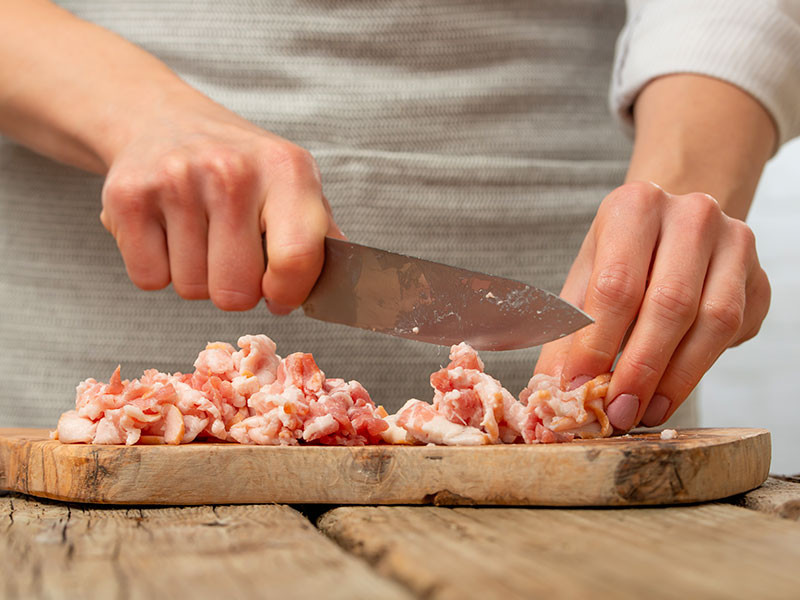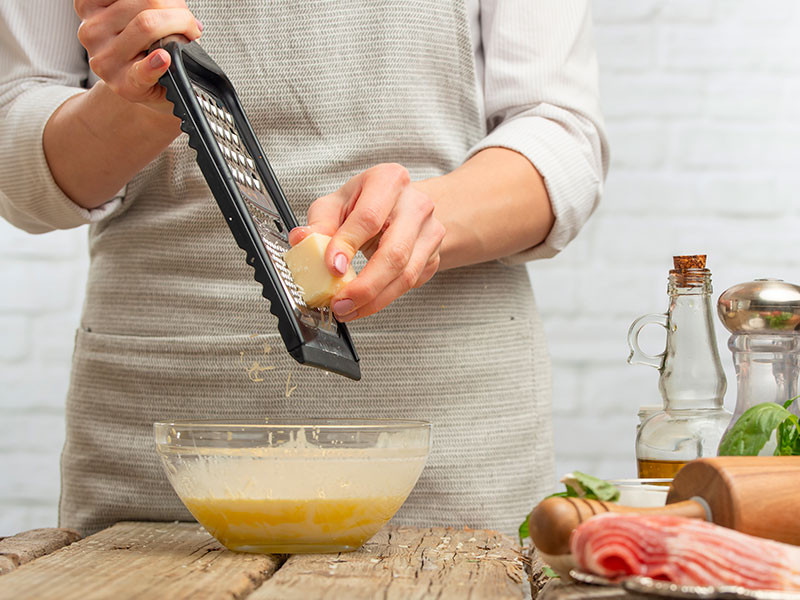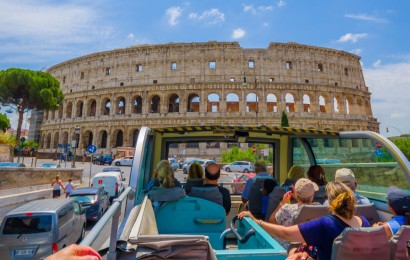Embark on a journey through the flavors and traditions of Italian cuisine, where pasta alla carbonara stands out as a dish celebrated for its simplicity and unmistakable taste. Originating from Rome, this dish has become a symbol of Italian gastronomy worldwide. In this in-depth exploration, we will delve into the history, ingredients, and authentic recipe of pasta alla carbonara, a dish that encapsulates the essence of Roman cuisine.
The history of Pasta alla Carbonara
The history of carbonara, like many Italian culinary classics, is shrouded in mystery and anecdotes. One widely accepted theory traces its origins back to World War II, when American soldiers in Italy combined their powdered egg and bacon rations with local pasta. However, some food historians suggest that the dish might have deeper roots linked to the tradition of 'carbonai' (charcoal workers in Roman dialect), who needed energy-rich and easily transportable meals.Regardless of its true origins, pasta alla carbonara has become a pillar of Roman cuisine. Over the years, it has undergone various modifications and interpretations, but the classic version remains an icon of Italian culinary tradition.
Authentic ingredients and their importance
The simplicity of the ingredients is what makes pasta alla carbonara so special. Each ingredient plays a crucial role in creating the harmony of flavors characteristic of this dish:
- Pasta: Traditionally, spaghetti is used, but rigatoni and bucatini are also popular choices. The quality of the pasta is paramount: good Italian pasta made from durum wheat is essential for achieving the perfect texture.
- Guanciale: Guanciale, from the pork cheek, is rich in flavor and has an ideal balance of meat and fat. When cooked, it releases an unmistakable aroma that is the signature of carbonara.
- Eggs: The eggs are the base of carbonara's creamy sauce. It's important to use fresh eggs, preferably from free-range chickens, to ensure the best flavor and a velvety texture.
- Pecorino Romano: This cheese, with its bold and salty taste, is a distinctive element of carbonara. Pecorino Romano offers a spicier and more intense note than Parmesan.
- Black Pepper: Freshly ground black pepper is not just a seasoning but an essential component that adds depth and a hint of heat to the dish.
The traditional recipe step by step
Preparing an authentic carbonara requires attention and respect for tradition. Here is a detailed guide to creating this Roman classic:
1. Preparing the Guanciale:
Start by cutting the guanciale into strips or cubes. Fry it in a non-stick pan until it becomes golden and crispy. It's important to cook the guanciale over medium heat to allow the fat to render slowly, releasing all its flavor.

2. Cooking the Pasta:
Bring a pot of salted water to a boil and cook the chosen pasta until al dente. Remember to save some pasta water before draining, as it will be useful for the sauce.

3. Preparing the Sauce:
In a bowl, beat the eggs with a generous amount of grated Pecorino Romano and plenty of freshly ground black pepper. The ratio of yolks to whites can vary according to personal taste: some prefer using only the yolks for a richer and creamier sauce.

4. Combining the Ingredients:
Add the hot pasta to the guanciale in the pan, mixing to ensure that the pasta is well coated with the rendered fat. Then, remove the pan from the heat and quickly add the egg and cheese mixture, stirring vigorously. The heat of the pasta will cook the eggs, creating a creamy and enveloping sauce. If necessary, add some of the pasta cooking water to reach the desired consistency.

5. Serving and Presentation:
Serve the pasta alla carbonara immediately, garnishing with additional grated pecorino and a sprinkle of black pepper. Carbonara should be enjoyed hot to fully appreciate its creaminess and flavor.
Pasta alla carbonara is more than just a simple dish: it's an expression of Roman culture and history. Each bite tells a story of tradition, simple yet quality ingredients, and a passion for cooking deeply rooted in Italian identity. Whether you are in Rome or any other part of the world, take the time to celebrate this dish, a true masterpiece of Italian cuisine.

